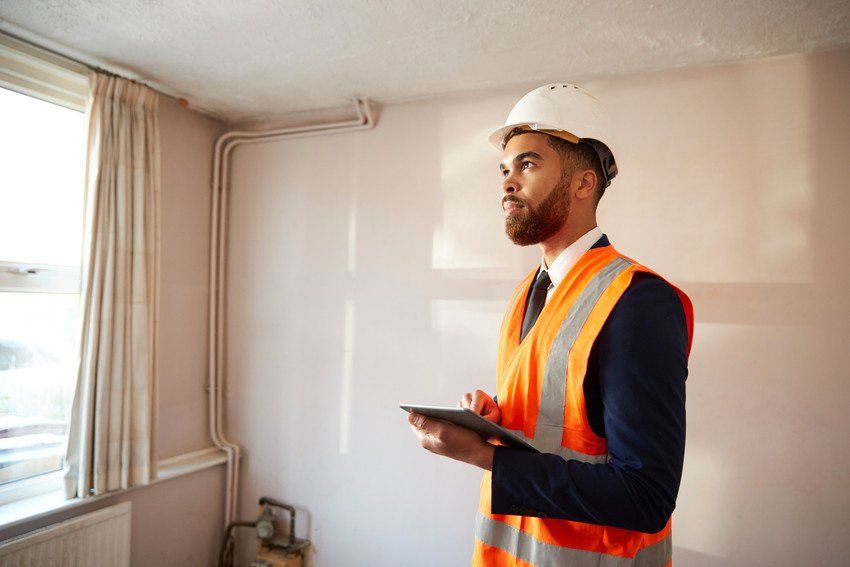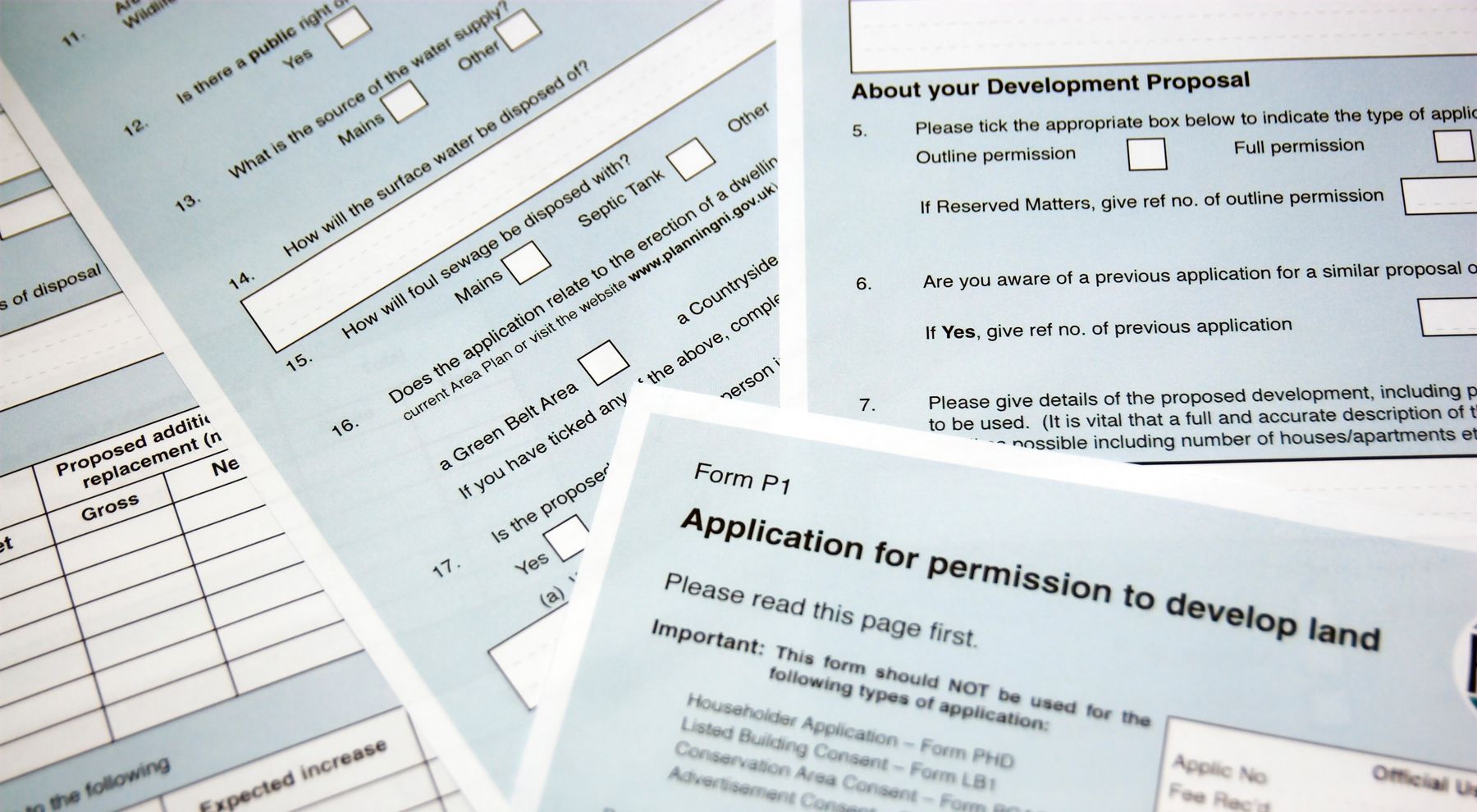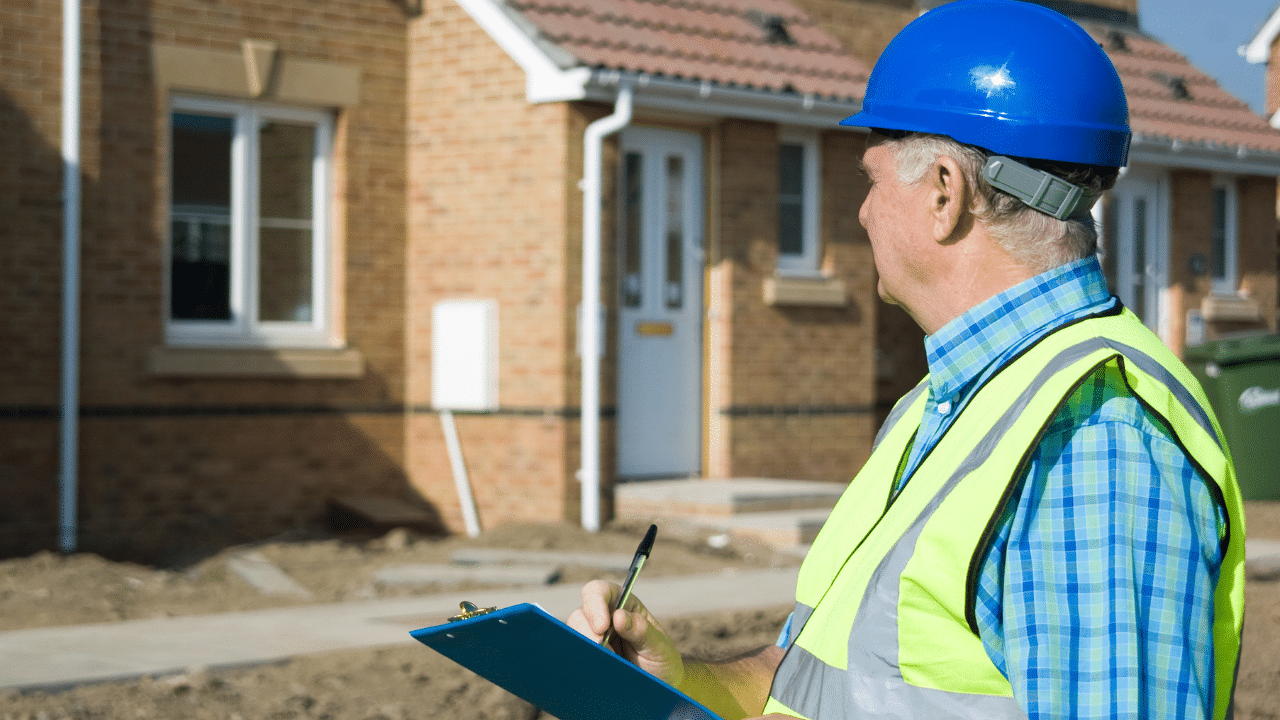Common Building Surveyor Terms Explained

Buying a home is a substantial investment, so you’ll want to make sure you’ve carried out all the necessary checks before proceeding. However, unless you know a thing or two about building surveys, the terminology can get a little confusing.
This jargon-busting blog from Simon Levy Associates is here to help. Keep reading to find out exactly what all those terms mean for you and your property.
Asbestos
Asbestos is a natural fibrous mineral that was commonly used as a form of insulation between the 1950s and 1980s. Disturbed or damaged asbestos is known to be harmful when inhaled. A building surveyor will be able to identify its presence.
Benching
This is the name for concrete that is used to fill the gaps between drainage channels and brickwork. It is always smoothly sloped to prevent a build-up of sewage, water, or vermin.
Boundary disputes
A boundary dispute is a disagreement with a neighbour as to where the boundaries for each property begin/end. A surveyor can help you establish the boundaries before purchase and avoid any future disputes.
Damp
Damp is simply excess moisture in a building’s structure. It is usually caused by condensation, heavy rainfall or a leak. Damp can cause mould and rot to grow on walls, which not only looks unsightly but can also have health impacts.
Dilapidations
This is the maintenance and repairs needed to restore a property to its original state. It usually relates to cosmetic damage rather than structural damage or other serious defects.
Dry rot
Dry rot is a fungus that attacks the property’s structure and causes wood to rot, usually as a result of poor ventilation and high humidity levels. It can cause significant structural damage.
Gazumping
While this might sound like total nonsense, ‘gazumping’ refers to a property seller who verbally agrees a sale with one buyer but accepts a higher offer from someone else at the last minute.
Party wall
A party wall is a wall that separates properties owned by different parties. Party wall disputes are one of the most common types of boundary dispute, especially when one of the parties is planning a renovation project. A building surveyor can make you aware of any party walls and help you avoid conflict.
Rising damp
Rising damp refers to excess moisture which rises up the walls and floors from the ground beneath a property. Most commonly found in older buildings, rising damp can lead to decaying skirting boards, black mould, and damp patches.
Subsidence
This is when a building’s foundations start to sink due to the ground beneath the property caving in or sinking. Causes include poor ground, leaking pipes, extreme weather and soil type.
Underpinning
Underpinning is a construction technique designed to strengthen a property’s foundations, often used to tackle subsidence. It involves building a sturdier foundation underneath the original one.
Buying a new property is one of the biggest investments you’ll make in your lifetime, so it’s important you know exactly what you’re dealing with. The expert team at
Simon Levy Associates can carry out a
full building survey on your prospective property and highlight any existing or potential issues before it’s too late. With over 30 years of experience, you can rest assured that you’re in safe hands.
Contact us today to find out more.











